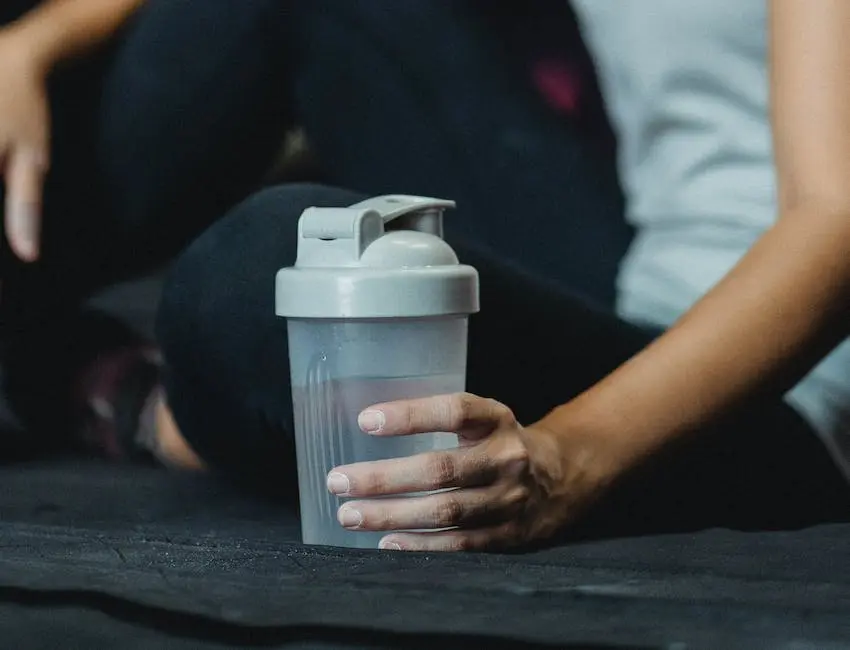Water is perhaps one thing you use the most in your kitchen. Besides filling up your bottles, you use water to wash your salads, brew your coffee, and cook your favorite recipes.
While it is easy to assume that your tap water is safe and healthy, you may be in for an unpleasant surprise i.e. Polluted Water Contaminants. You cannot be too sure, despite the government regulations regarding the provision of clean and uncontaminated supplies.
Did you know that the Safe Drinking Water Act (SDWA) restricts the levels of contaminants such as lead and disinfectants in residential supplies? Unfortunately, it only tests for 91 chemicals, which means tons of toxins may creep into your home stealthily. Even worse, your faucets and pipes may expose you to nasty chemicals without the slightest hint.
The threat is real, with the UN surveys showing that 2.2 billion people do not have access to safe and clean drinking water.
You will probably think that these stats are for underdeveloped countries, but disasters like Camp Lejeune contamination prove that Americans are also at risk. Awareness is your first line of defense, so you must brush up on your facts about the perils of polluted water.
Let us explain how lethal chemicals and toxins in your domestic supplies can cause grave health hazards.

Heavy Metal Poisoning
The International Journal of Environmental Research and Public Health published a study highlighting the danger of heavy metals to human beings. These metallic elements have a relatively high density and can be toxic even at low concentrations.
The most common heavy metals include:
- Arsenic
- Mercury
- Cadmium
- Lead
- Iron
- Copper
- Zinc
Since heavy metals are found naturally in the earth, they can seep into groundwater and reach residential supplies. While these metals often occur in traces in tap water, large amounts and prolonged exposure can lead to metal poisoning. The condition causes symptoms like muscle cramps, nerve damage, diarrhea, and memory loss.
Some symptoms and conditions may be specific to the heavy water present in the water. For example, lead can cause behavioral problems, and copper affects digestive health.
Volatile Organic Compounds and Cancer Risk
Volatile organic compounds (VOCs) are compounds with low water solubility and high vapor pressure.
These are mostly human-made chemicals used for manufacturing paints, pharmaceuticals, and refrigerants. They are highly toxic and can elevate the risk of cancer. The worst part is that they can lurk in your domestic supplies without showing any indication.
The Camp Lejeune water contamination disaster was caused by leaks and spills of VOCs from businesses, underground storage tanks, and waste disposal sites.
Countless veterans, their families, and other residents at the site were exposed to these chemicals from 1953 to 1987.
According to the recently passed Camp Lejeune Justice Act, a victim who suffered due to exposure at the site can file a Camp Lejeune contaminated water lawsuit to seek justice and compensation.
The team of TorHoerman Law Firm states that potential claimants must consider their eligibility before filing a lawsuit.
The question can be complex because it depends on an individual’s residence in the location for at least 30 days between 1953 and 1987.
Further, they should have developed health issues such as cancer, renal toxicity, aplastic anemia, infertility, and Parkinson’s disease due to the toxic exposure.
Excess Fluoride and Neurological Damage
According to CDC statistics, 77% of Americans get fluoridated tap water to prevent tooth decay. But excess fluoride in supplies can do more harm than good.
Research indicates that water contaminated with fluoride may cause neurological, immune, and gastrointestinal damage.
It can also elevate the risk of conditions like bone damage, osteoporosis, skeletal fluorosis, arthritis, joint-related problems, and fatigue.
Regular testing of your residential supplies is the best way to detect the higher-than-safe levels of fluoride in your drinking water.
If something is amiss, you can address the concern by using a water filter at your home. Choose a filter that removes toxic contaminants from your supplies while still leaving the healthy and essential minerals intact.
Summing Up
These Polluted Water contaminants and toxins are common in domestic supplies, but there are several more culprits to watch out for. Plastics, nitrates, asbestos, pesticides, excessive chlorine, and disease-causing microorganisms are other potential threats you may find in the water you drink daily.
Caution can be a savior, so ensure that you test your tap water often and report issues to the authorities. Installing a filter is an effective measure you can rely on.
You should not skimp on water safety because the consequences of toxin exposure can be more harmful than you imagine.
FAQs: About Polluted Water Contaminants
What Pollutants Are in Contaminated Water?
Microorganisms like E. coli, norovirus, and Giardia, inorganic chemicals such as lead, arsenic, nitrates, and nitrites, organic chemicals including atrazine, glyphosate, trichloroethylene, and tetrachloroethylene, as well as disinfection byproducts like chloroform, are all examples of contaminants.
What is The Difference Between Polluted And Contaminated Water?
Contamination happens when a substance is in the wrong place or exceeds normal levels. Pollution is harmful contamination affecting organisms in an area. Not all contaminants are pollutants, but all pollutants are contaminants
What Are The 5 Most Common Water Contaminants?
Here are the five most common contaminants in drinking water: Nitrates, Arsenic, Microorganisms (including bacteria and viruses), Aluminum, and Fluoride.
What is The Biggest Source of Water Contamination?
Sewage and wastewater treatment are the primary sources of pollution in water, while farming and fossil fuel power plants (through the air) are the main contributors to diffuse pollution.




One thought on “Perils of Polluted Water: How Lethal Contaminants Can Make You Sick”